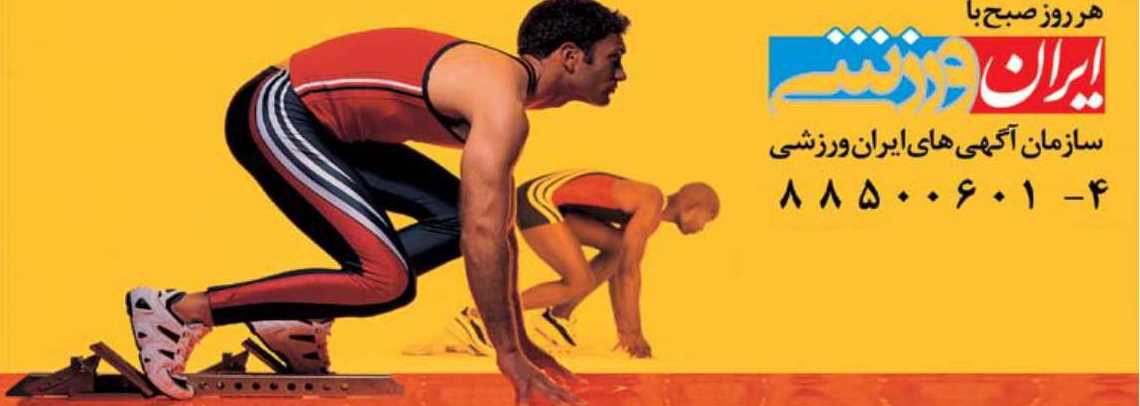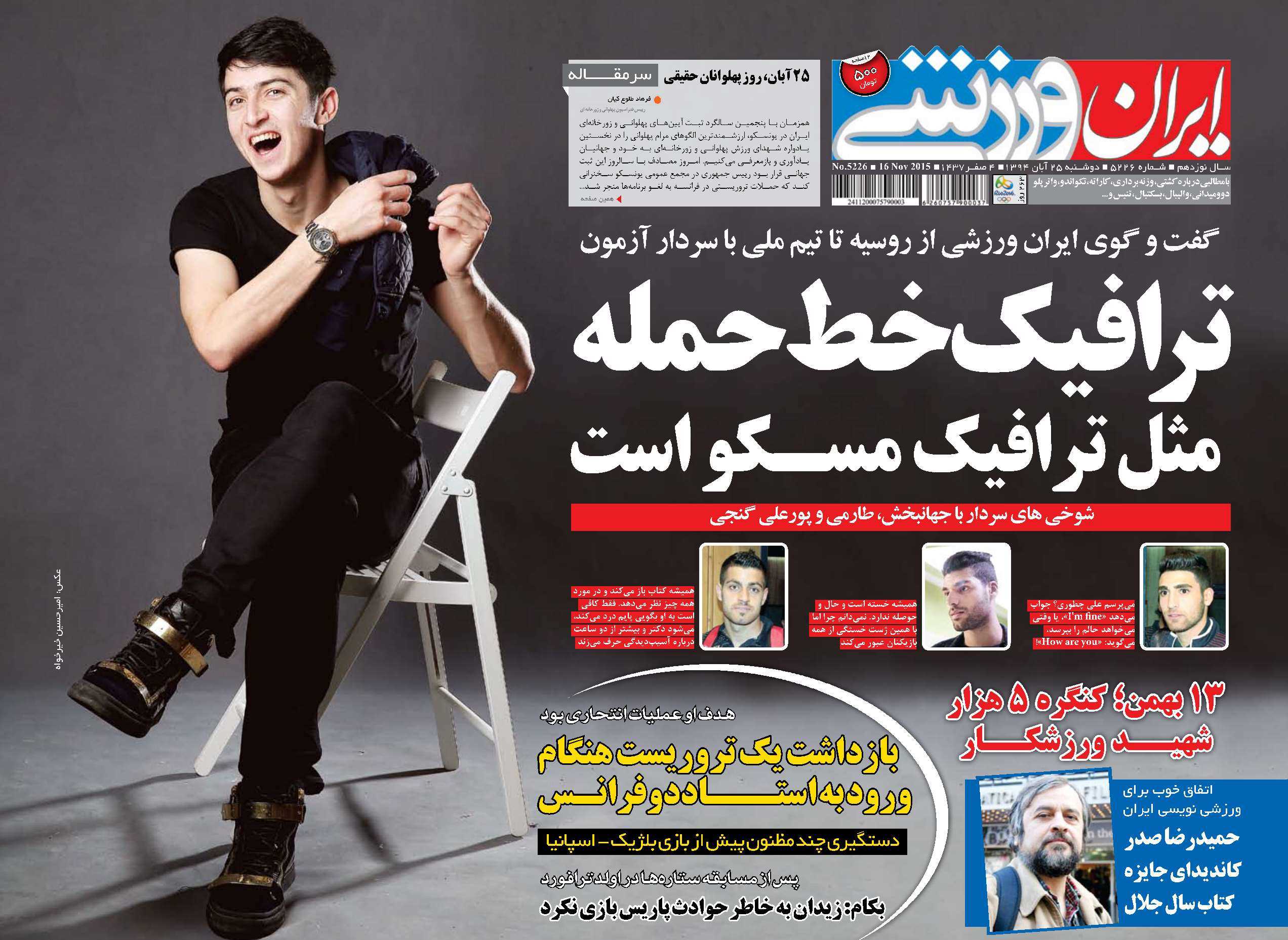|
|
نقل و انتقالات
خبر
حمید مطهری در آستانه جدایی
فقط مانده اجازه یحیی و رضایت پرسپولیس
حمید مطهری دستیار اول پرسپولیس این اواخر مورد هجمه برخی هواداران پرسپولیس در فضای مجازی قرار گرفت و به همین خاطر و البته ورود به عرصه سرمربیگری تصمیم داشت بالاخره از قالب دستیاری خارج شده و به عنوان سرمربی کارش را شروع کند. او در طول دو سال و نیمی که به عنوان مربی در پرسپولیس کار میکرد در مقاطع مختلف 5 پیشنهاد سرمربیگری را رد کرد تا ضمن احترام به رابطه دوستانهاش با یحیی گلمحمدی به رویابافیهایش در پرسپولیس ادامه دهد. جانشین مطهری در پرسپولیس کیست؟
گولسیانی: خوشحالم به بزرگترین تیم ایران پیوستم
از رُم با عشــق
گئورگی گولسیانی با قراردادی دوساله به پرسپولیس پیوست. این خبری بود که ظهر دیروز باشگاه پرسپولیس به صورت رسمی اعلام کرد. البته رسانههای ورزشی 24 ساعت قبل این خبر را اعلام کرده بودند تا مزه آن کمتر شود اما باشگاه پرسپولیس دیروز این خبر را اعلام کرد. صعود پیشکسوتان پرسپولیس با یک بازی دوستانه
بچههای کار حال و هوای درفشیفر را عوض کردند
دو روز قبل برخی پیشکسوتان پرسپولیس در قالب یک بازی دوستانه مقابل تیم بچههای کار قرار گرفتند که اقدام جالبی بود. هنوز هم حسرت حذف تیم امید را میخورم
هاشمنژاد: پرسپولیسیام اما هنوز بازیکن پرسپولیس نشدهام
ناصر قراگزلو شهریار تا یکی دو روز آینده تصمیم نهاییاش را میگیرد
مغانلو بیشتر به پرسپولیس تمایل دارد
یحیی گلمحمدی جدا از جذب یک مهاجم خارجی که از مدتها پیش باشگاه پرسپولیس در حال رایزنی با او و مدیر برنامههایش برای حضور در پرسپولیس است روی چند مهاجم دیگر هم نظر مساعد دارد. در این بین البته یحیی گلمحمدی اولویتش بین مهاجمان داخلی، شهریار مغانلو است. شهریار تا کنون در خصوص تیم آیندهاش اظهار نظر نکرده و از هر مصاحبهای امتناع کرده است اما به نظر میرسد مغانلو به پرسپولیس نزدیک شده و اگر اتفاق خاصی نیفتد شاید امروز و نهایتاً فردا مغانلو با پرسپولیس به توافق برسد، مگر اینکه پیشنهادات مالی بقیه تیمها شهریار را برای حضور در تیمی جز پرسپولیس اغوا سازد. همه منتظر تصمیم نهایی دو هافبک کناری
پیشنهاد فولاد به پهلوان 17 و به صادقی 22 میلیارد!
|
|
آدرس مطلب:
آدرس مطلب:
آدرس مطلب:
آدرس مطلب:
آدرس مطلب:
آدرس مطلب:
آدرس مطلب:
آدرس مطلب:
آدرس مطلب:
|































